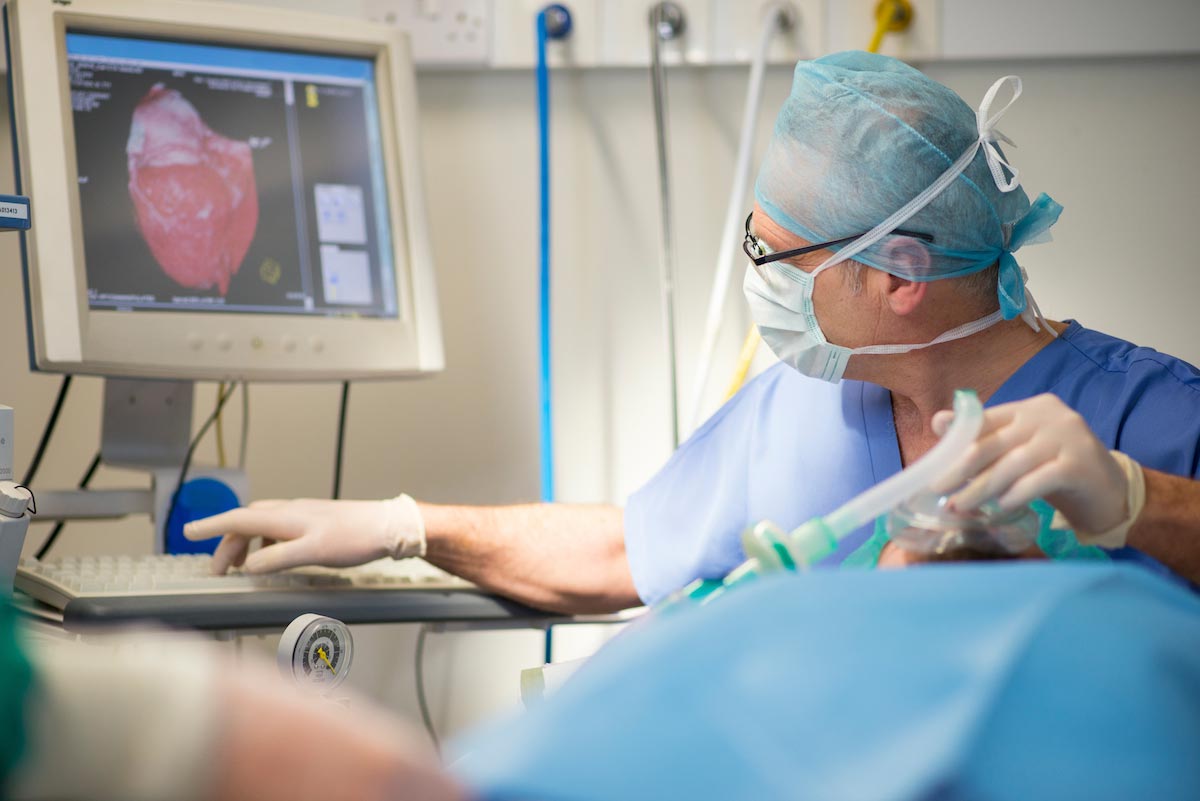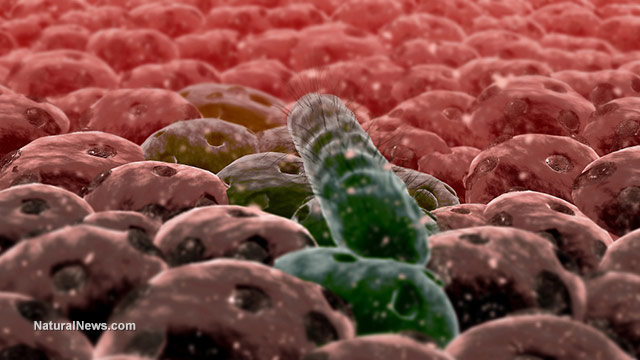What’s in your gut? Scientists have mapped the gut microbiome landscape
02/22/2019 / By Jhoanna Robinson

A recent study, which was published in the journal The Proceedings of the National Academy of Sciences (PNAS), provided a glimpse of how microbial communities in the gut – known collectively as the gut microbiome – are spatially placed, revealing an unusual degree of mixing among different bacterial members.
The study was the first to analyze the three-dimensional structure of a diverse array of gut microbiomes and shows some unique differences between the microbial landscape of the gut and those of other body sites, such as the mouth.
For Gary Borisy, a senior research investigator at the Forsyth Institute in Massachusetts, and his colleagues from the Marine Biological Laboratory and the Gordon Laboratory at Washington University in St. Louis, they truly wanted to “understand the role of the microbiome.”
“We must also learn what they are doing, who they are talking to, and why. Part of the answer to that problem is to figure out who is next to who and who is next to what,” Borisy added. (Related: Microbiome – Gut health discoveries revealed.)
The researchers injected 15 different bacterial species into germ-free mice, making a semblance of a human’s gut microbiome. Although it is only a small model of the full suite of microbiomes that are usually found in the human gut, this simplified microbial community paved the way for the exploration of how microbes settle into a distinct neighborhood.
“At the sites we’ve examined so far in the mouth, we see highly ordered microbial communities – so much so that you might imagine them as multicellular organs, like a liver or a thymus gland. They are made of bacterial cells, of course, but there are many different cell types organized in a highly structured way like a body organ,” Borisy said.
However, this organization is not what they found in the gut. In there, the researchers noticed a high degree of mixing among microbes – not entirely homogeneous, but still highly intermingled. “We liken it to a bioreactor, where things are stirred around and well mixed,” said Borisy.
Even though this mice model of the human gut microbiome did not have proper structure, the researchers did see some “micro”-habitats where bacterial cells tended to flock. These sites include the epithelium or the tissue lining the interior surface of the gut and the lumen or the inside space of the gut.
While the microbial populations at these sites are different somewhat in their overall makeup – that is, the relative proportions of the different bacteria may fluctuate – the researchers did not see any remarkable differences, such as a bacterial species located exclusively at one site and not another. Borisy also underlined the significance of this type of microbial study, that even though it is in its infancy stage, it is a step towards developing a clearer and more in-depth understanding of the microbial function.
Healthy gut microbiota is equivalent to healthy aging
A study conducted by Canada’s Lawson Health Research Institute and Tianyi Health Science Institute in China found a link between healthy aging and a healthy gut, showing that the overall microbiome composition of healthy elderly people was similar the microbiome composition of people who are decades younger.
The researchers said that the diversity of the gut microbiota is what keeps people healthy as they age, as lead researcher Greg Gloor from the Lawson Health Research Institute notes: “This demonstrates that maintaining diversity of your gut as you age is a biomarker of healthy aging, just like low cholesterol is a biomarker of a healthy circulatory system.”
You can find more stories on the brain-gut connection and how important the gut microbiome is at Research.news.
Sources include:
Tagged Under: gut microbiome, human gut microbiome, microbial communities, microbiome




















